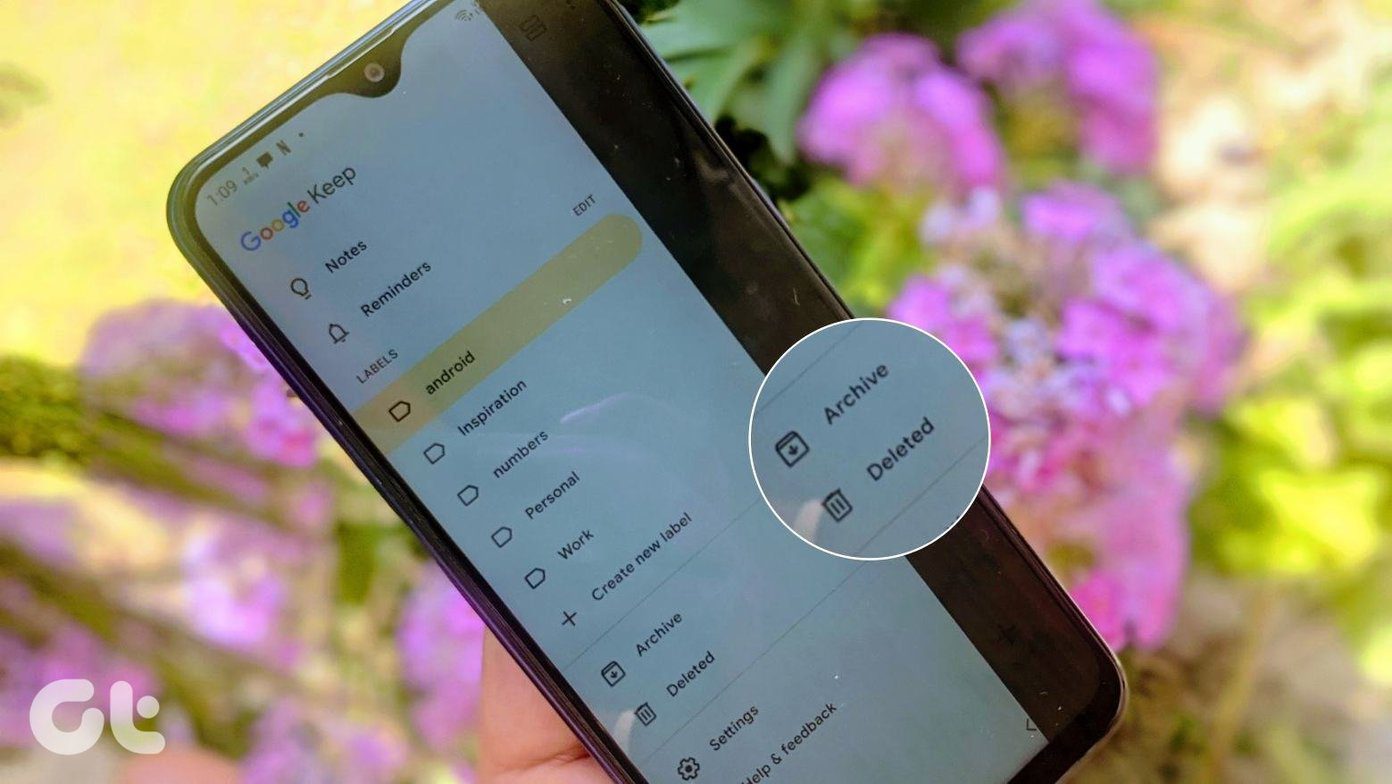Email tracking is an active area with requirements stretching from personal use to more professional needs that range from sales lead tracking to validating official documents. Options abound. One such is Yesware. When you reach the homepage of Yesware, it might seem that the primary targets for Yesware’s email tracking service are salespeople and their CRM needs. That is true because the company makes a suite of products for the sales and CRM industry. But email tracking has real-world uses for those who want to use it without the customer tracking and sales component.
What is Yesware and What Does it Do?
Yesware is available for Gmail in both the desktop and Android version. On the desktop, Yesware is available as a browser extension in Chrome and Firefox. As a browser extension it integrates with the normal Gmail workflow and you do not need to open a separate application to use the email tracking system. Yesware is free to use, but the free account allows you to track up to 100 email events per month (i.e. any email opened or link clicked). Yesware tracks all email opens that you send to recipients. It also gives you feedback on when they were opened, who opened them, where in the world, and how often. If you enable link tracking, Yesware also tracks links clicked in emails.
Behind the Scenes – How Does it Work?
Your intended recipient sees a normal email. There are no links or addresses that can divert it to the spam folder. Just like any other email tracking service, Yesware also uses a 1×1 transparent pixel image to track email opens. The recipient needs to have images enabled for Yesware to work. The recipient might see a message along the lines of “Load images from this user?” as some email clients ask for permission before downloading an image. Your email page changes to reflect Yesware controls: You can see a snapshot of the recipient’s details in the bar on top of the inbox. You can go into your Yesware account from the dropdown under the green Yesware icon on top. The control to deactivate Yesware in case you do not want to track emails is also available there. Clicking on the Yesware bar expands it to reveal some more data, like the recipient’s location on a Google Map. A chart also displays the number of your emails that have been opened by the recipient. The Goals tab is for lead tracking. We won’t be going into the sales and CRM side of this app here for the sake of brevity. But if you are interested, Yesware offers custom sales templates, custom reports, CRM syncing, and analytical functions. Do you think Yesware gives you more control over your emails? Or do you think it is an invasion of someone’s privacy? Give your take in the comments below. The above article may contain affiliate links which help support Guiding Tech. However, it does not affect our editorial integrity. The content remains unbiased and authentic.













